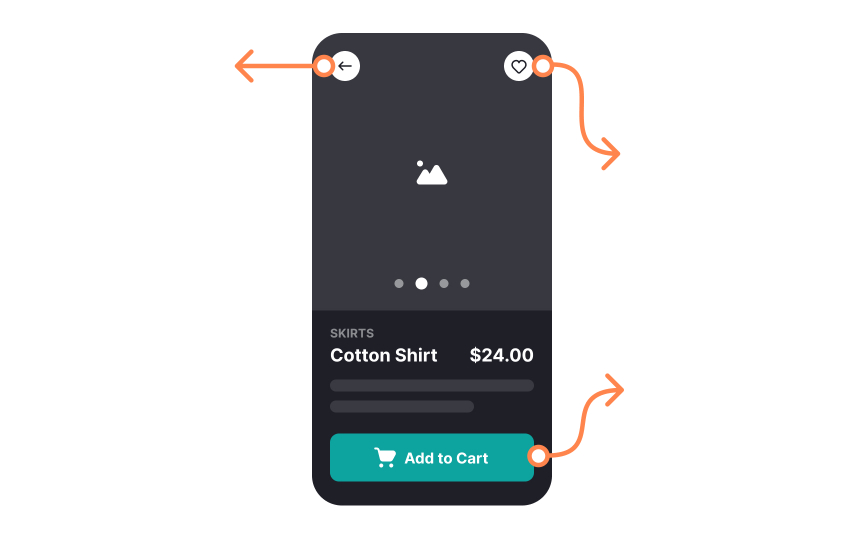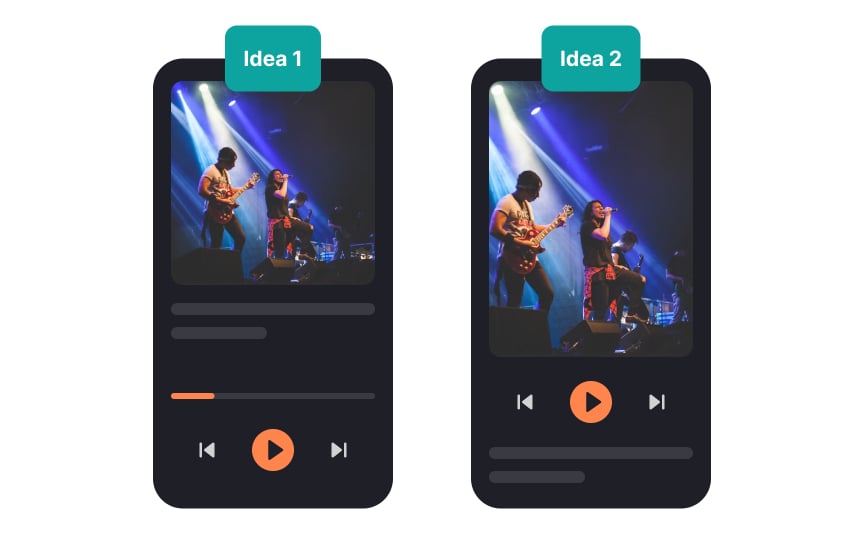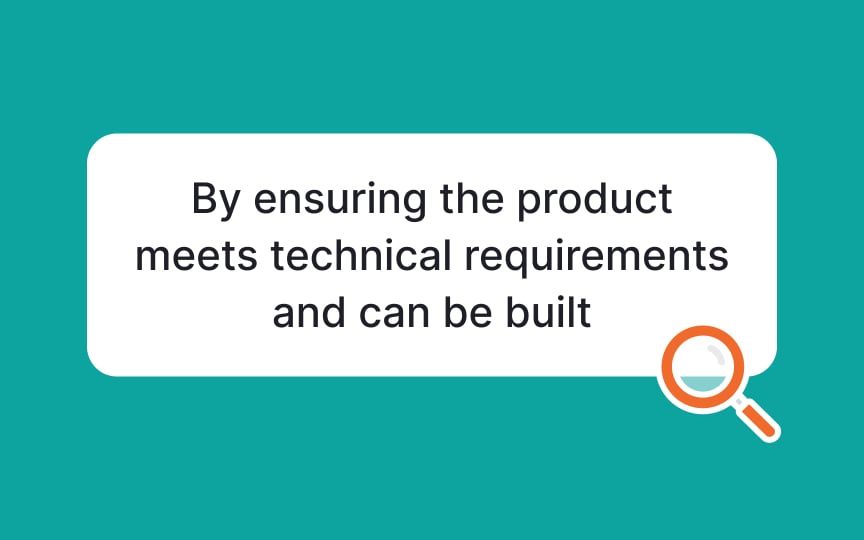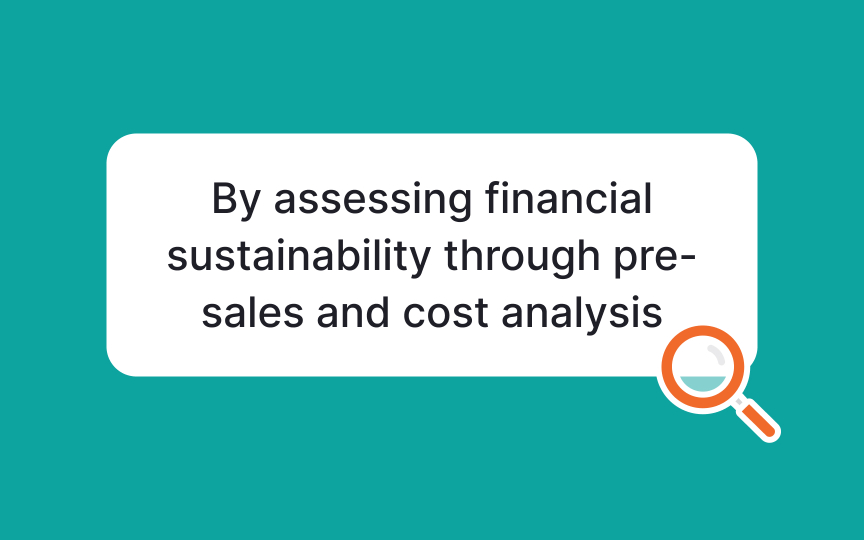Prototyping Techniques
Learn how to use prototyping to test ideas and bring better products to life
Prototyping is often misunderstood in product development. A common misconception is that it's an expensive and time-consuming process suited only for big companies. In reality, prototyping doesn't have to break the bank. Simple prototypes can be made using basic materials or readily available digital tools, making it accessible for small teams and startups alike.
Another myth is that prototyping is useful only for testing usability. While it's great for seeing how user-friendly a product is, prototyping offers much more. It can help test desirability by gauging if people actually want or need the product. By presenting a prototype to potential customers, you can see if they're willing to buy it and at what price. By dispelling these misconceptions, teams can make the most of prototyping to innovate and create better products efficiently.
A
The key elements of a prototype are:
- Simulating an experience: It gives a tangible sense of what the final product might be like.
- Answering specific questions: It focuses on particular aspects that need testing or clarification.
- Facilitating iteration: It allows creators to refine and improve the idea based on observations and feedback.[1]
Benefits of prototypes in team communication include:
- Visualizing concepts: Prototypes turn abstract ideas into tangible models, making them easier for everyone to understand.
- Simulating user experience: They allow teams to experience how users will interact with the product, which is more impactful than static descriptions.
- Facilitating collaboration: By providing a common reference point, prototypes help team members collaborate more effectively.
- Gathering feedback: Early prototypes enable teams to collect user feedback sooner, leading to better-informed decisions.
- Securing stakeholder buy-in: Demonstrating a working model helps convince investors and stakeholders of the product's potential.
- Bridging communication gaps: Prototypes help align different departments by providing a clear vision of the product.
- Identifying issues early: They allow teams to spot and address problems before full-scale development begins.
- Adapting to complex interactions: In complex projects, prototypes make it easier to explore and communicate intricate functionalities.
Parallel prototyping means creating multiple
By testing several ideas in parallel, teams can ask, "Which idea looks most promising?" instead of "Is this idea good or not?" This shift makes it easier to accept feedback and keeps options open. It leads to better decisions based on testing and data rather than personal preference.
Parallel prototyping fosters creativity and leads to better products. It helps teams gather reliable feedback, make informed decisions, and meet user needs more effectively.
Prototyping helps answer critical questions: Does anyone need this product? How important is this need in their daily lives? Is our solution significantly better than what's already available?
Prototyping is a powerful way to test a product's
Prototyping is a valuable way to test if a product or idea is feasible before investing heavily. By building a basic version, teams can see if it's technically possible, spot challenges, and check if it meets security or compliance standards. For example, a company might want to create a wearable health device. A
Prototyping also helps get buy-in from stakeholders. Showing a working model demonstrates value and addresses concerns. It allows testing integrations with other services to ensure smooth operation.
























